Ready to start using your OAuth tokens? Try one of these 5-minute tests to get first-hand practice with how token migration works. This approach applies to the QuickBooks Online accounting and payment APIs.
Back in Step 2, you learned that you have different options to replace older tokens for existing users. One option is to migrate the tokens (so your existing users don’t need to sign in again). You can test this option in about 5 minutes to see how it works.
REMINDER: OpenID 2.0 will be disabled was disabled on May 31, 2019.
1) Try the OAuth Migration Playground (~5 mins)
You don’t even need to write any code for this test. Here’s how you migrate an OAuth 1.0 token by using the playground:
- Go to the OAuth 2.0 Playground, available from your app’s Dashboard tab.
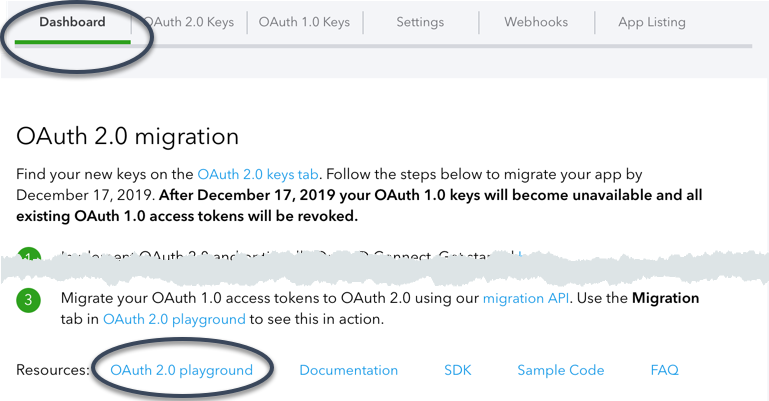
- Click the Migrate to OAuth 2.0 tab.
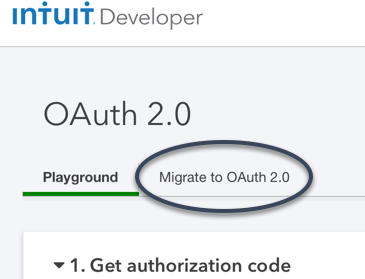
- Select which OAuth 1.0 keys to test with (e.g., your Sandbox vs. Production keys) from the App list, then provide a user’s OAuth 1.0 access token and secret, and click Migrate.
The tool will return the user’s new OAuth 2.0 access and refresh tokens!
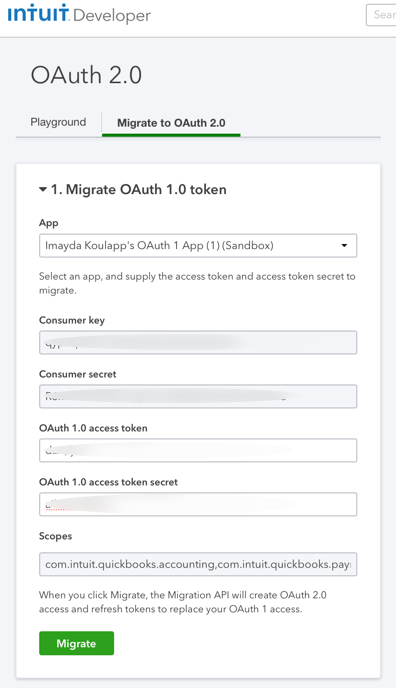
2) Try a Migration Sample Library (~5 mins, after installation)
Ready to test migrating a token programmatically on your local server?
Install one of our OAuth Migration samples in GitHub, configure it per the instructions provided there, and do some hands-on coding!
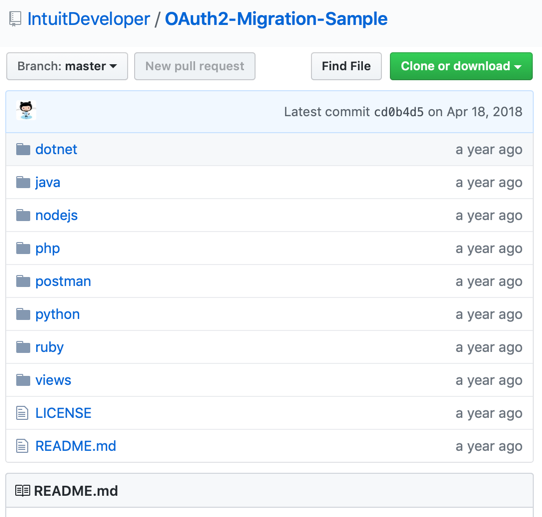
Token Migration Self-check
After trying one of the migration options above, we suggest you copy the new OAuth 2.0 access token that you created, and then use it to make a QuickBooks Online API call like getCompanyInfo.
You can use the OAuth Migration Playground for this (as shown below), the API Explorer or Postman, or a sample or library in GitHub. See Make the First API Call in the Get Started doc for more information about running API calls using OAuth 2.0.
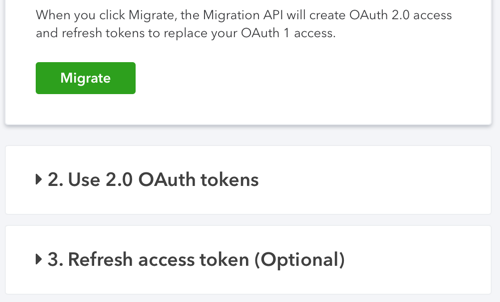
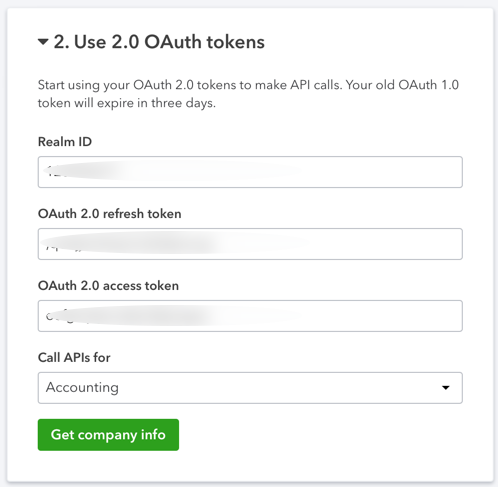
Reminder: As you learned in Step 3, each OAuth 2.0 access token expires after 60 minutes. So, if you generated the access token a while ago, you’ll need to refresh it with a new value. There’s a refresh capability in the OAuth Migration Playground, and also in our OAuth 2.0 libraries.
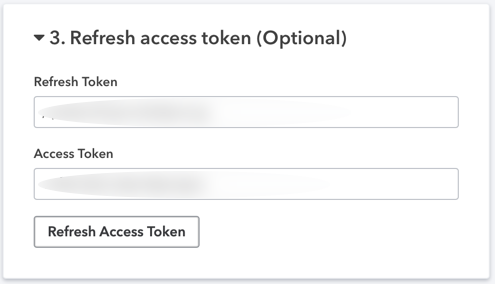
Next Steps
After you practice migrating a token, here are some next steps:
- Install your preferred OAuth 2 client library and get your hands on some code! We support PHP, Node.js, .Net, Java, Python, and Ruby.
- If you support OpenID 2.0, be sure to remove OpenID 2.0 or migrate to OpenID Connect before OpenID 2.0 is disabled on May 31, 2019.
- Start outlining your migration plan, and let us know if you’d like tips or best practices on what to think about in your planning.
Did you know: If you tell us your migration plans or progress, we’ll enter you for a chance to win an entertainment system of your dreams–plus we can help you stay on track! Click here to share your migration plans with us–it will only take about 2 minutes.
As always, please free to ask questions about OAuth migration in our OAuth help community!

Leave a Reply